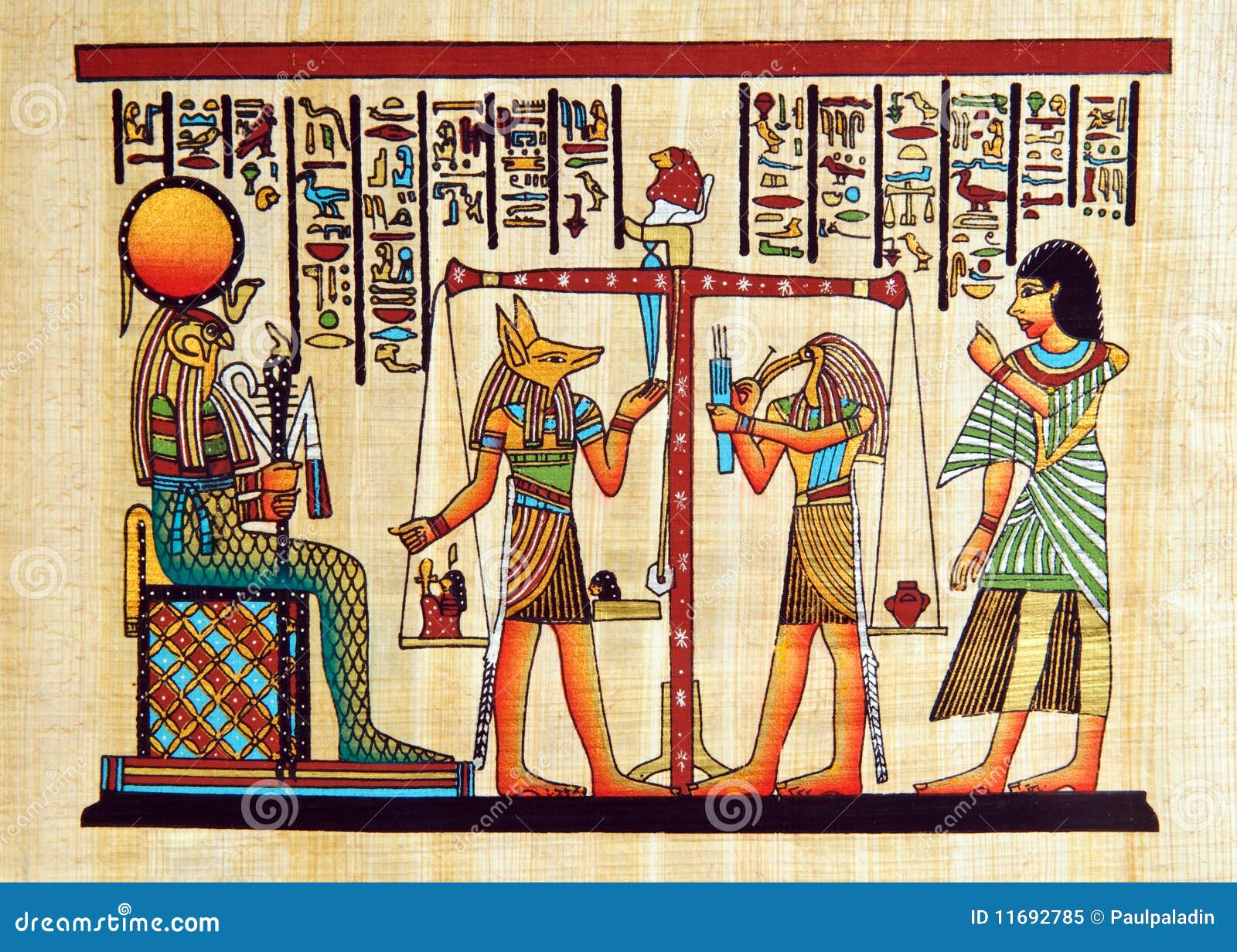


Ruins of the city Tebtunis, where the only temple library to survive from ancient Egypt was discovered in the 1900s Though black and red inks were most common, shades of blue, green, white and yellow also appear in ancient texts. Typically, scribes used black, carbon-based ink for the body of text and reserved red ink for headings and other key words in the text, wrote Brooklyn Museum conservator Rachel Danzing in a 2010 blog post. The team used X-ray microscopy to determine the raw materials used in different inks, as well as the molecular structure of the dried ink affixed to the ancient paper.Īncient Egyptians began writing with ink-made by burning wood or oil and mixing the resulting concoction with water-around 3200 B.C. Per a University of Copenhagen statement, the study’s authors analyzed 12 papyrus fragments dated to between 100 and 200 A.D., when Egypt was under Roman control. According to the London National Gallery, lead-based pigments found in many Old Master paintings are “known to aid the drying of paint films.” More than a millennia later, reports Cosmos magazine, 15th-century European Renaissance artists employed lead for similar purposes. When ancient Egyptians put pen to paper-or, more accurately, ink to papyrus-they took steps to ensure that their words would endure, a new study suggests.Īs detailed in the Proceedings of the National Academy of Sciences, researchers from the University of Copenhagen in Denmark and the European Synchrotron Radiation Facility (ESRF) in Grenoble, France, have found that ancient scribes likely added lead to their inks to help their writing dry.


 0 kommentar(er)
0 kommentar(er)
